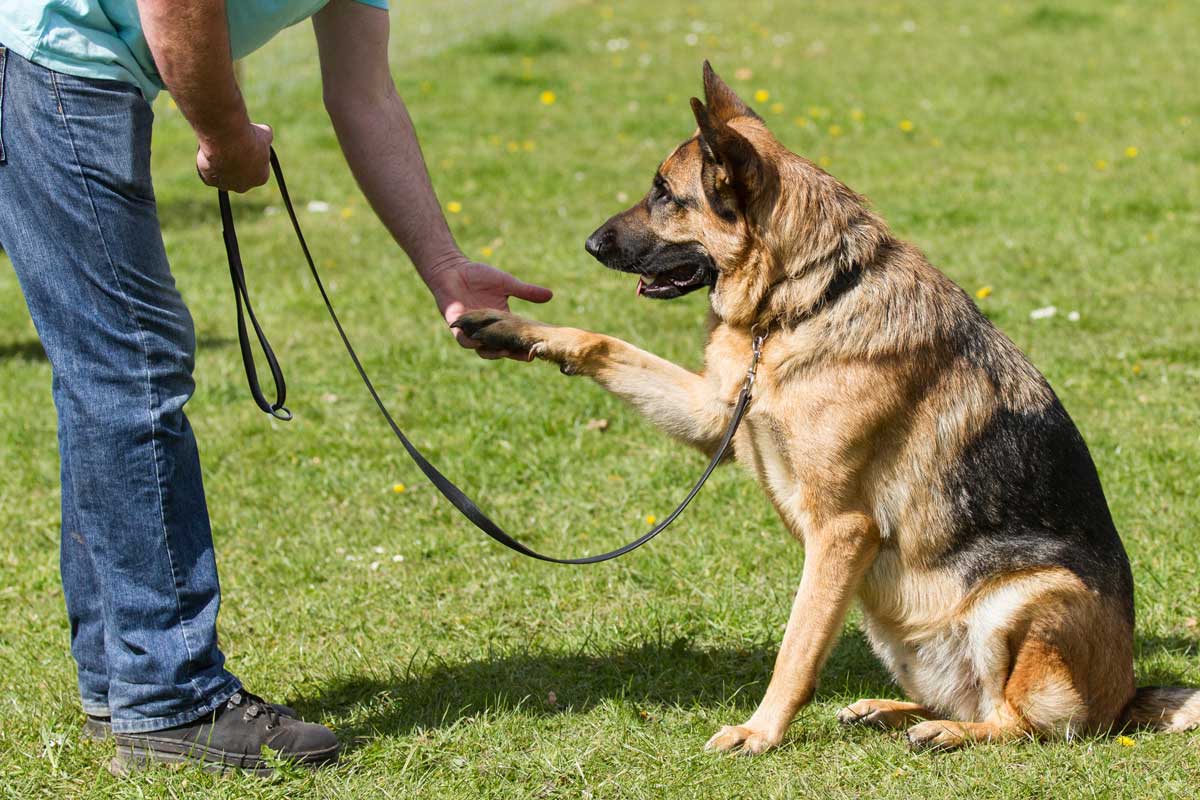 Let’s Talk About Training Classes: Sizes and Environments
Let’s Talk About Training Classes: Sizes and Environments
When you’re looking for a training class, it’s important to consider class size and the training environment just as much as what the class offers.
Of course, you’ll also want to evaluate:
- How the trainer teaches,
- The methods they use,
- And their experience.
These factors together will help you choose the right fit for you and your dog.
Class Sizes, Setups, and Why They Matter
There’s no official requirement for how a dog trainer must offer classes—the content, location, or class size is entirely up to them. Because of this, you’ll see a wide variety of options out there. Each trainer has their own philosophy about what a class should look like and how the environment should be set up. But in my 13 yrs experience teaching a variety of classes and taking a few with my own dog, I know that classes can be challenging environments for anyone learning new skills, and that’s often due to:
- Physical factors (e.g., hearing difficulties),
- Different learning styles (some need step-by-step instruction, others prefer demonstrations),
- Social anxiety (group settings can be stressful),
- And common fears about being embarrassed or frustrated by their dog’s behavior.
Search the dog training world for classes and you’ll find classes have 6 or more dogs (sometimes up to 25), while others stick with 3–6 dogs per class. That’s a big difference—so why the variance? Well, I guess you’d have to ask the trainer hosting the class.
Based on my experience from both sides of the equation, the smaller the class, the better—for optimal learning. In smaller groups the trainer can address individual needs and clients can get their questions answered. Dog training is NOT cookie cutter one size fits all and you should never be told that it is. A trainer teaches but they should also be concerned for maximizing the learning potential by providing a safe learning environment for everyone and not just a few with the rest having to conform to the cookie cutter approach.
Small groups with lots of space, dogs separated from each other with barriers to reduce visual distractions are steps I take to maximize success for everyone. Remember that people are watching, listening and managing their dog while trying to take instruction from the trainer. Very little is retained by handler’s vs how much the trainer is talking and giving instruction. I’m happy if a client walks out of each class with 1-2 nuggets of information that is relevant to their situation. Hence why I repeat myself often; if you didn’t ‘hear’ it one week, you’ll ‘hear’ it another week. That’s because we can only process so much before our brains stop intaking information.
The issue with large group classes is twofold:
Success for each client is varied depending on what the client is hoping to get out of the class however, it’s assumed that there are two important ingredience to a good class:
- Individualized support,
- A trainer who can problem-solve when the original approach isn’t working for a specific dog or person.
Trainer-to-Client Ratio Matters
One way to address large class sizes is by having more help in the class—trainer assistants, for example.
However, I have spoken to people who attended large classes that had assistants for the trainer and still didn’t have their issues addressed. They felt unseen, forgotten, and lost in the crowd of dogs and people. This often leads to frustration and a lack of success resulting in decreased motivation to return.
The second issues is the lack of problem solving skills from the trainer or assistants. Often, there is a need to comply to what is taught without consideration as to why its not working for dog and or handler. This needs to be addressed and sometimes, it’s not due to the shear number of people and dogs and time available.
Is There a Time for Large Classes?
Absolutely. There’s value in larger group classes under the right circumstances:
- Some people thrive in regular group sessions. It keeps training consistent and holds them accountable.
- These classes can offer a structured environment to advance training
But—and this is crucial—it must always work for the dog, not just the human. Larger classes should only be considered after both client and dog have learned the skills for which they are seeking help with. Learning in a class environment should never feel uncomfortable and should never be at the expense of the dog, ever. The space should support—not hinder—the learning experience. Some dogs cannot learn when there are distractions about. A class setting is not the place to practice learning with distractions UNLESS its a class that is specifically for teaching dogs how to handle distractions.
One Last Thing: The Trainer’s Comfort Zone
A trainer’s comfort zone also plays a big role in how classes are run. Personally, I thrive in 1-on-1 instruction and smaller class settings. Each handler’s success matters deeply to me. While I can’t control what happens once you leave class, I can control how I set up the environment for learning—and how I guide and support that process during our time together.
When you’re signing up for a class, ask questions—or better yet, observe a couple of classes if possible. Most trainers won’t have an issue with this, and it’s a great way to get a feel for the environment.
At the end of the day, you need to feel comfortable—with the trainer, the class setup, and the safety of both you and your dog. Don’t settle. Keep looking until you find the right fit.
